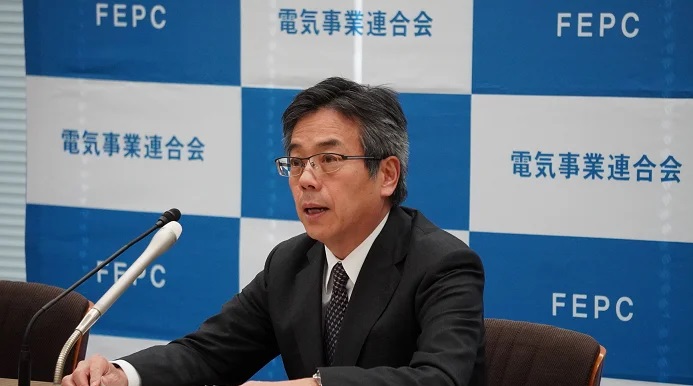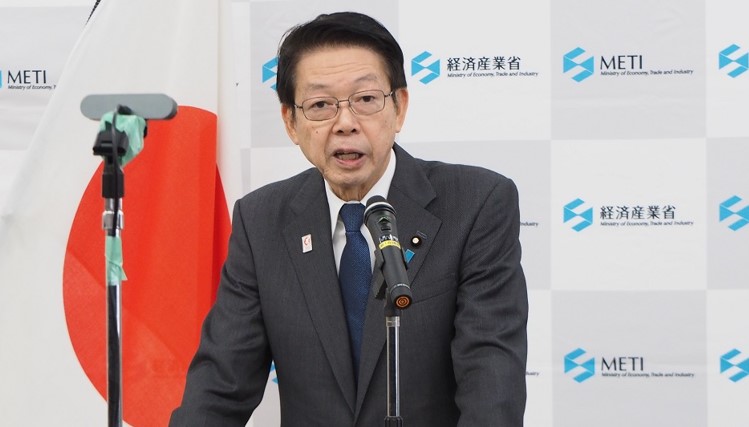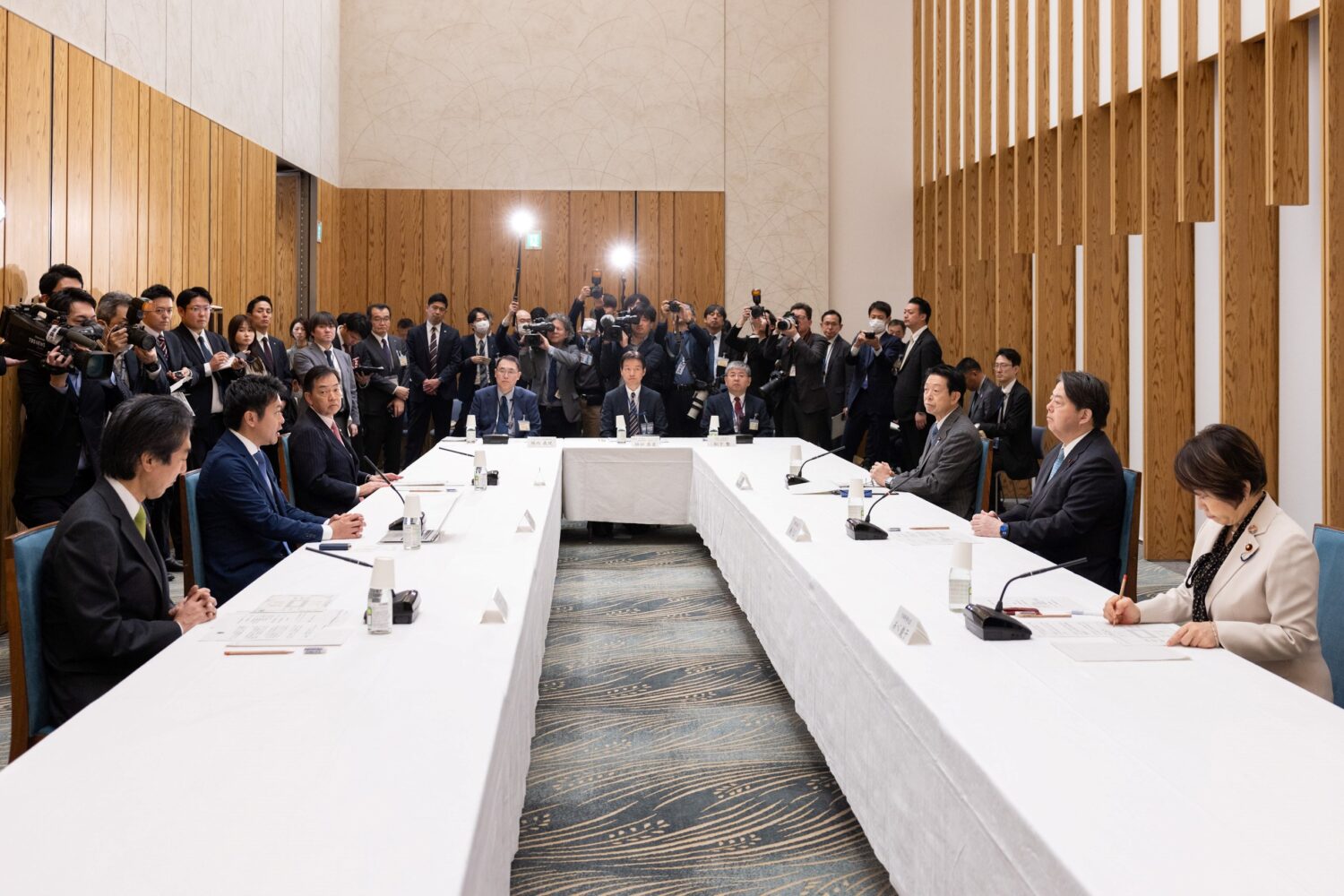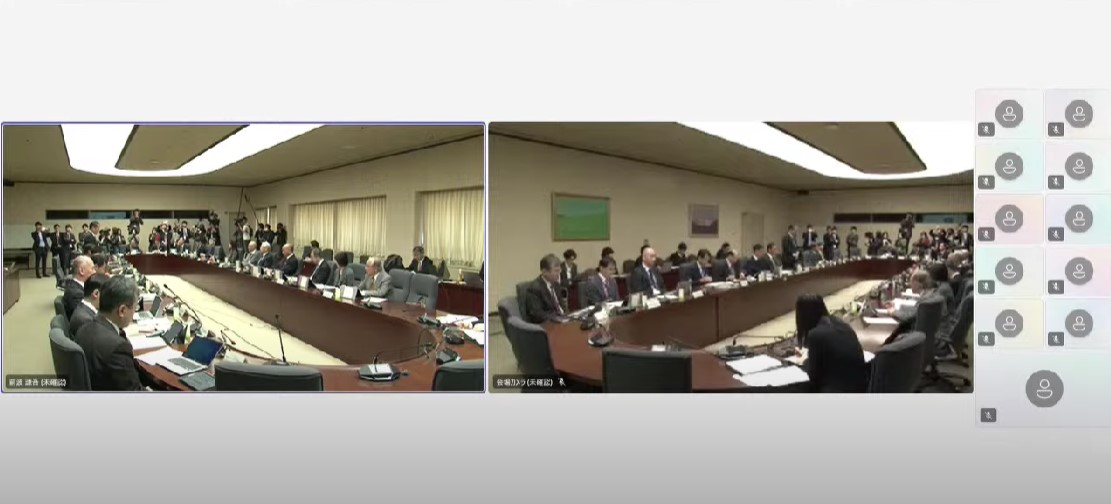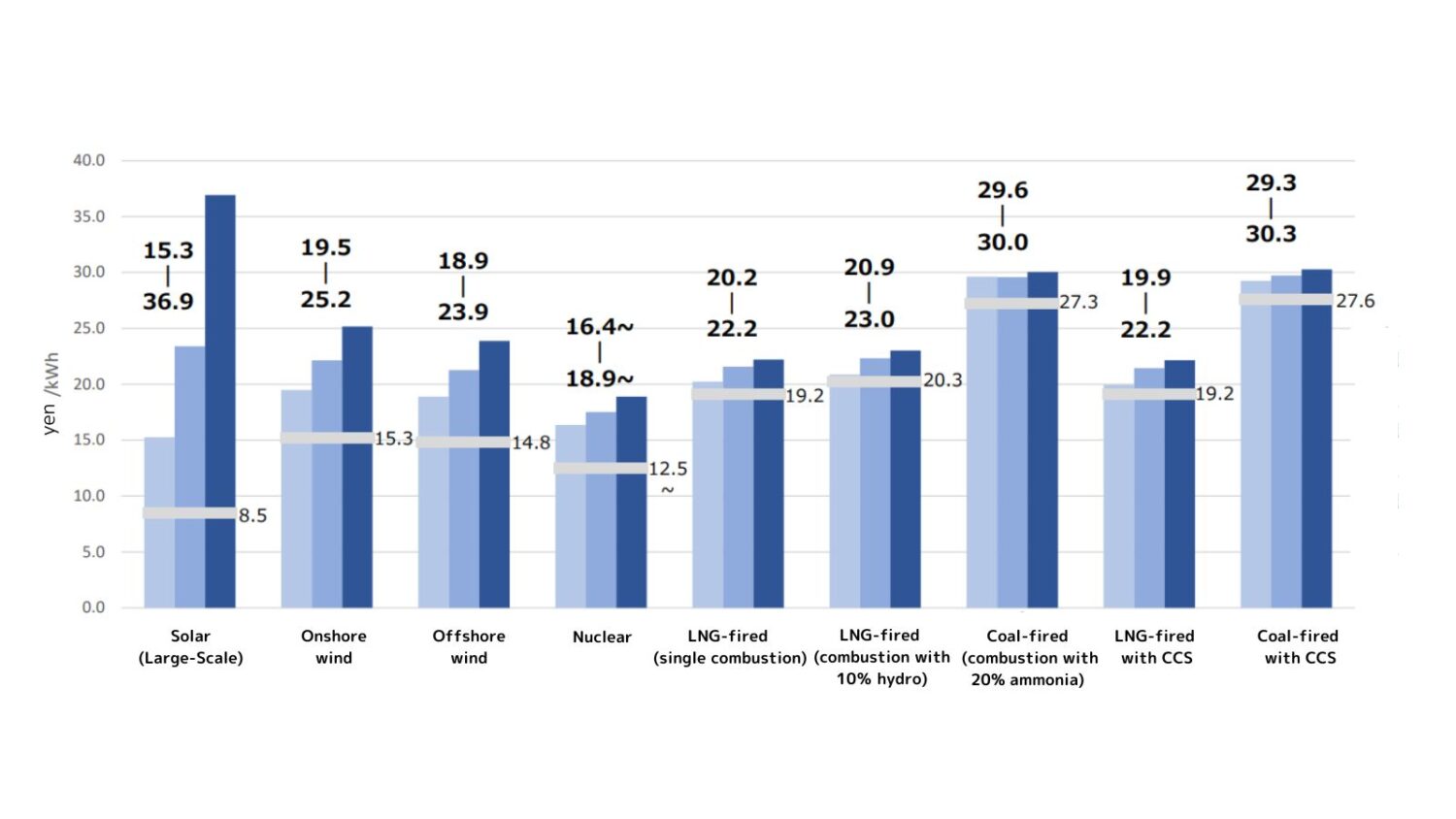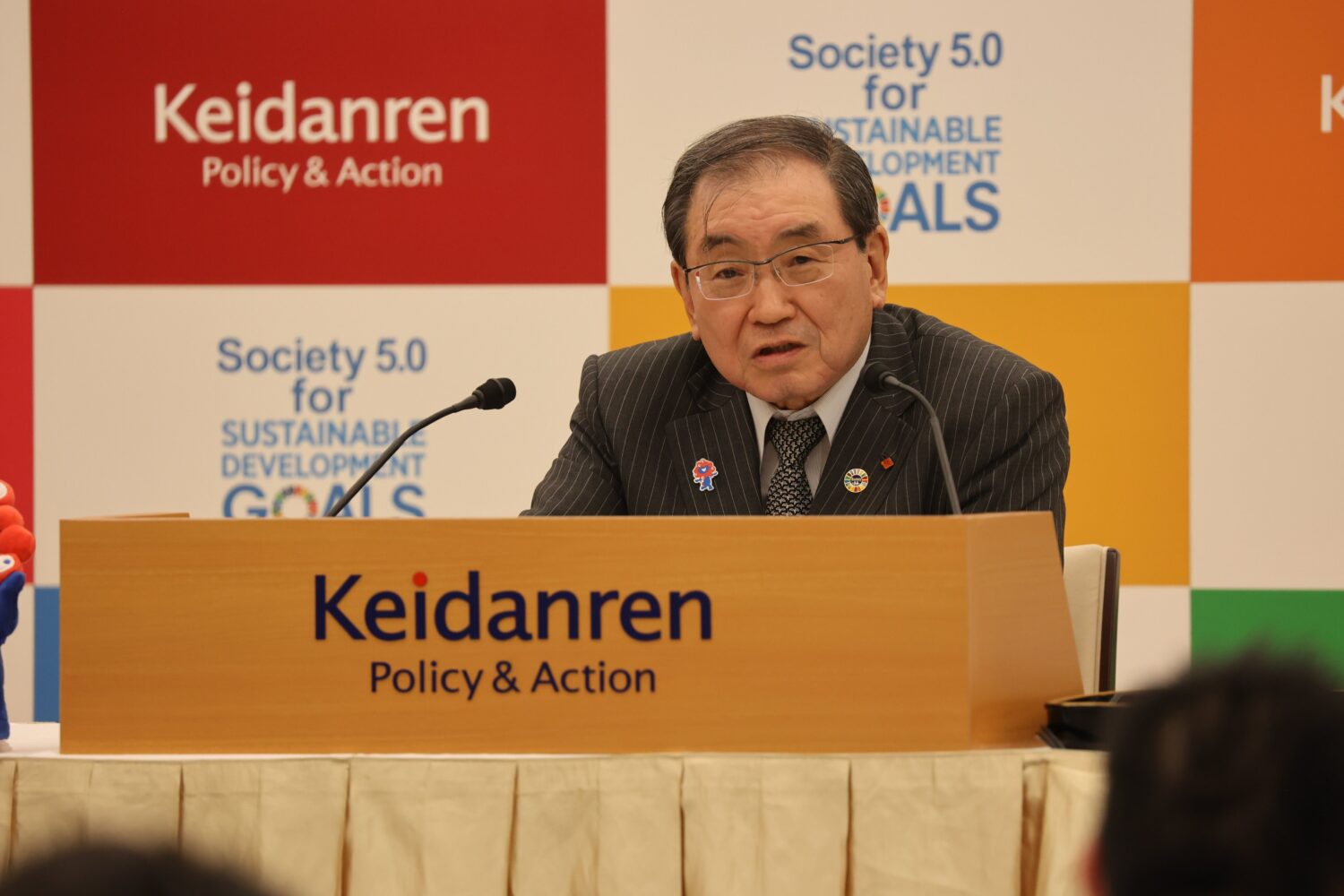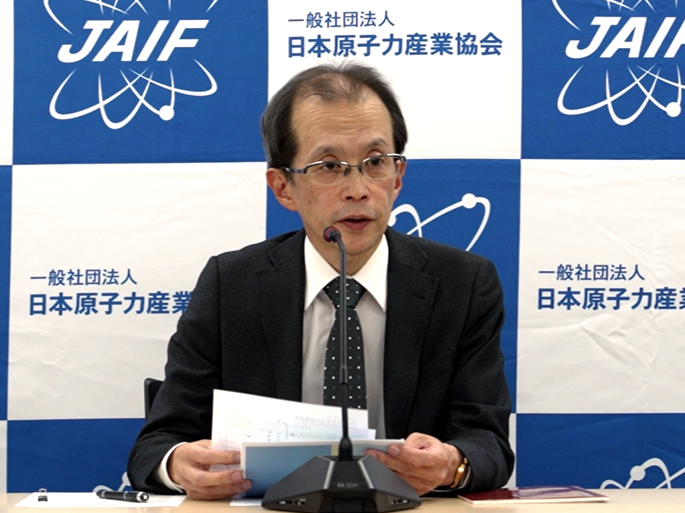A member of the ruling coalition’s Liberal Democratic Party (LDP) started out by asking the NRA chairman about the principles behind the NRA’s activities. Likening the NRA to the U.S. Nuclear Regulatory Commission (U.S.NRC), he said that the organization should attach greater importance to its own efficiency, as well as to engendering confidence in its methods and judgments.
In response, Tanaka said that his organization had held open meetings since autumn 2014 with the presidents of all of Japan’s electric power utilities, in order to exchange views with them.
Tanaka then touched upon the examination process under the new regulatory standards, citing visits by NRA representatives to local communities for explanatory meetings on the Sendai-1 and -2 Nuclear Power Plants, owned and operated by the Kyushu Electric Power Co.
He also said the NRA had produced a video in response to a request by the head of a community near the Takahama-3 and -4, owned and operated by the Kansai Electric Power Co. In those ways, he said, the NRA has been endeavoring to improve itself and promote understanding.
In terms of confidence in his organization, Tanaka answered that “communications — that is, how to communicate — can be very difficult,” adding that the NRA would listen to diverse opinions and comments and then make its final decisions “scientifically.”
The NRA chairman was followed at the Q&A session in the Lower House by a representative from the Ministry of Education, Culture, Sports, Science and Technology (MEXT), who was asked about how human resources could be secured in the nuclear field.
Referring to the nuclear industry seminar that the Japan Atomic Industrial Forum (JAIF) holds every year, he said that 47 companies and 393 university students participated in the most recent seminar sessions held in Tokyo and Osaka in March.
Another question at the Q&A session pertained to school education on radiation. One person commented on the need, given the experience of the accident at the Fukushima Daiichi, for students to “experience” radiological protection using measuring equipment and experimental tools, rather than just printing and distributing supplemental readers, etc.





